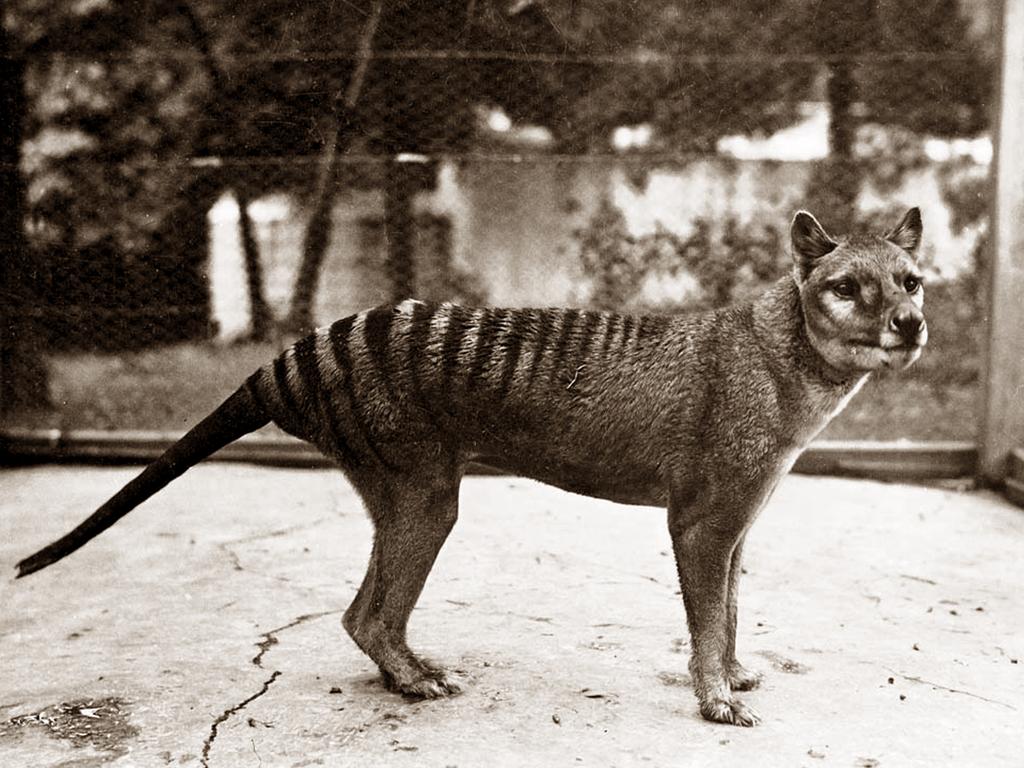Director Peter Jackson takes on a remake: bringing back the giant moa
A famed film director has a collection of 400 moa bones that experts hope will help scientists as they work on recreating the extinct giant bird’s DNA.

The 10 millennia since the dire wolf howled its last howl did not seem to stop scientists from claiming to have brought it back from extinction. So the six centuries since the giant moa squawked its last squawk in New Zealand should not be a problem.
That, at least, was the view of Sir Peter Jackson, the acclaimed director of The Lord of the Rings series who revived JJR Tolkien’s novels, and is now turning his attention to bringing back lost species.
Jackson, 63, is spending millions of dollars to “rebirth” the tallest bird to have walked the Earth, the four-metre giant moa that was hunted to extinction in New Zealand’s forests and grasslands.
Jackson, who is said to be worth $2.5bn, has teamed up with Colossal Biosciences, a Dallas-based genetics company, to bring back the native flightless bird. They will use the same gene-editing techniques credited with Colossal’s “de-extinction” of the dire wolf, which disappeared from the North American tundra 10,000 years ago.
In April the company announced the birth of three dire wolf pups, although other scientists were sceptical. Colossal claims its advanced gene-editing technology can rebuild the DNA of lost megafauna and other extinct creatures.

The first step is finding lost DNA. This is where Jackson comes in. He has long been fascinated by the moa and has invested more than $22m into Colossal Biosciences’ work. He has built up a private collection of 400 moa bones from around New Zealand, which Colossal hopes to use in efforts to bring the moa back to life.
Under Colossal’s plans, moa DNA sequences will be compared with genomes of similar birds, including the tinamou of South America and Australia’s ground-dwelling emu, to narrow down characteristics that made the moa unique.
“The movies are my day job, and the moa are my fun thing I do,” Jackson said from his base in Wellington. “Every New Zealand schoolchild has a fascination with the moa.”
In the case of the dire wolf, given that scientists could not make a full synthetic genome, they started with one that exists: the grey wolf. They looked at its 19,000 genes and selected 14 that were different in the dire wolf, implanted a gene-edited embryo into a dog and, six months ago, watched it give birth.

“Extinction really is forever,” said Philip Seddon, professor emeritus of zoology at New Zealand’s Otago University. “There is no current genetic engineering pathway that can truly restore a lost species, especially one missing from its ecological and evolutionary context for hundreds of years.
“Any end result will not, cannot, be a moa. Moa are extinct. Genetic tinkering with the fundamental features of a different life force will not bring moa back.”
Professor Nic Rawlence, another Otago University scientist, said: “You could genetically engineer an emu, but you’re not going to recreate a moa. You’re going to recreate something that may look like a moa, but we don’t know whether it’s even going to function like a moa in the ecosystem.”
But “the concept isn’t to release the giant moa into the wild. That’s certainly not the initial goal”, Jackson said. Instead, he said, the recreated giants would live in a special reserve made for them – at least initially. Any release into the wild would have to happen after “a lot of studying, a lot of thinking”, he said.
THE TIMES






To join the conversation, please log in. Don't have an account? Register
Join the conversation, you are commenting as Logout